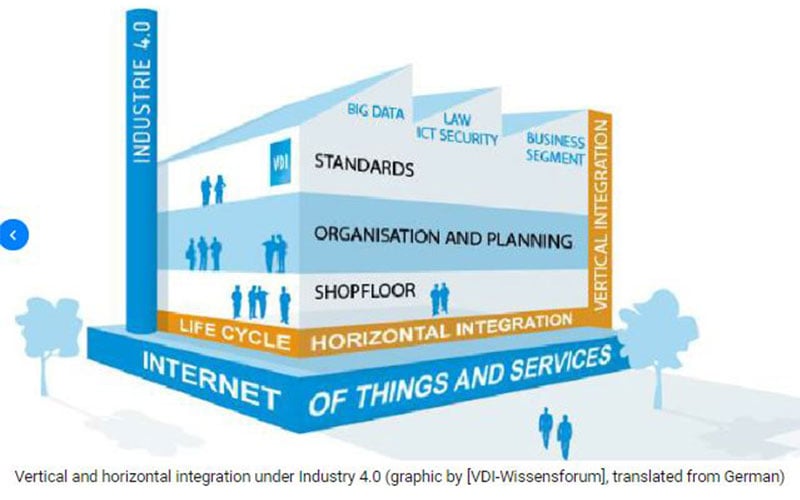The essential guide to Six Sigma DMAIC: Phase 1 (of 5) - Define
SAGE Automation, Published: December 14, 2017 - Updated: December 21, 2018 (8 min read)
In a previous blog post, we outlined the fundamentals of Six Sigma and why so many organisations from many different industries choose to pursue it. This blog will summarise how to execute the first phase of DMAIC: Define.
But first, a quick recap of DMAIC…
DMAIC is the fundamental process behind any successful Six Sigma program. It’s about making sure you understand the real problem before you start solving it.
The five phases of DMAIC (Define, Measure, Analyse, Improve, Control) are designed to slow down the problem-solving so the right problem gets solved in the right way.
This methodological, data-driven approach ensures improvements are successfully identified based on fact, rather than a hunch.
About ‘Define’
‘Define’ is critical to Six Sigma’s success. As its name suggests, Define is about describing the problem and setting the goal. During this stage, the team identifies the high-level focus and leadership required to carry the project out.

Define: Key steps
“You don’t just change processes because you feel like they should change. You change because it provides a direct benefit to the business, and it links with one or more strategic goals.” – Dr Neil Davidson, UniSA Six Sigma Lecturer.
1. Identify your problems
Problems are anything that hurt your key performance indicators (KPIs), such as customer or employee satisfaction, production costs, process capability, output, cycle time, or revenue potential.
Problems should always be framed in terms of the customer. The two main process-related concerns customers have are lead time and quality.
2. Narrow down your problem
Develop problem statements that describe the issue and its impact on the business in dollar terms. From here, it will become evident which ones to pursue and which ones to forget.
If it’s not making a big financial or customer value impact, then it may not be worth pursuing.
3. Finding the dollar or business impact of the problem
Say your problem is quality. You have a defect rate of 20 per cent on a process, so:
If defect and associated rework costs us $150 per defect and we produce 35,000 products per annum, then
the defect rate of 20 per cent is costing the business about $1,050,000 dollars annually.
“Alternatively, you could look at your problem statement and say, ‘It actually isn’t a big problem. It costs us $200 a year, so we’re not going to invest money and time investigating it. Let’s move on,’”Dr Davidson says.
“That’s how you set your targets. Showing the business benefit is a big part of Six Sigma.”
4. Project charter
Once you have identified the problem, develop a project charter. This is essentially a scoping statement that outlines what you’re going to do, the process you’ll take, the people involved, the timeframe and the goal.
5. Set your goal
A goal like ‘improving quality’ can mean many things; for example, increased accuracy, product completeness, or completely defect-free products. Are you trying to improve the end product, or make the process faster? Goal-setting should be measurable, but not limit your scope to find the root problem.
An example of a sigma goal:
Reduce the defect rate from 20 per cent to 7 per cent.
Then translate this into a business benefit:
A reduction of defects by 13 per cent would save the business upwards of $600,000.
Sigma rating
The sigma rating can also be used as a problem and goal in this Define stage. For example,
Problem = we have a sigma rating of 2 for a particular process, so about 308,538 defects per million.
Goal = to increase from 2 to 5 sigma rating, so 233 defects per million.
This mapping tool will help you work out your sigma level.
Forming a project team
At this early stage, the project team is formed. Six Sigma project teams usually require a project sponsor (senior management), the project manager (usually someone with a Six Sigma belt) and/or highly skilled statisticians or data specialists. Other staff will be involved in different DMAIC stages.
Summary
At the end of Define, you and the project team should have outlined the organisation’s high-level problem, business case for improvement, scope of the project and identified a high-level goal. Now you’re ready for the next phase: Measure.
Measuring your data is the best way to understand what your business needs. To enable our client Castrol to spend more time on their own operational improvement, which included increasing production, our SAGE Service team took over their machine maintenance. It helped them to drastically reduce their downtime and spend more time on the bigger picture. See how we did it.
When a machine stops, it can quickly escalate to calling in external help – sometimes unnecessarily. The Breakdown Checklist is designed to get you back online faster. It will get your team thinking about what caused the breakdown and assess the need for external advice. Download the free downtime checklist here.
SAGE Automation delivers agile, scalable and secure solutions that don’t just solve current problems, they pre-empt and deter future ones, helping your organisation thrive. With years of experience in defence, infrastructure, resources, utilities and manufacturing we have the expertise you need to complete your job on budget and on time.







